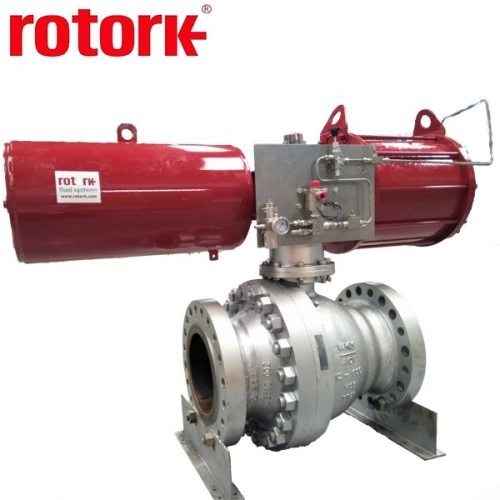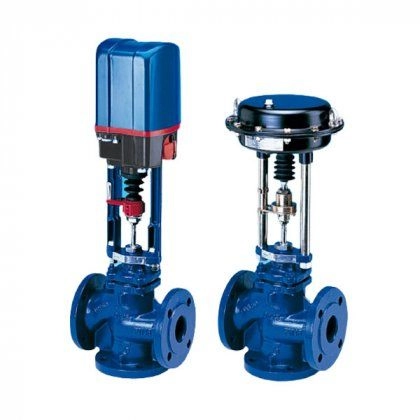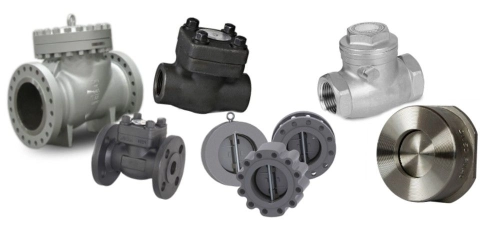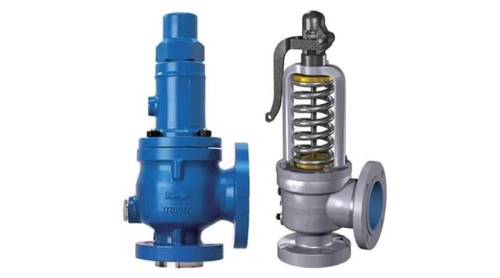Valve
Ball Valve: A ball valve uses a rotating ball with a hole in it to control flow. It can be turned to allow flow or closed to stop it. Ball valves are commonly used in water supply lines, plumbing systems, and industrial applications.
Gate Valve: Gate valves have a sliding gate that can be lowered or raised to control flow. They are used primarily for on/off service and are common in large-diameter pipelines and industrial applications.
Butterfly Valve: A butterfly valve uses a disc that rotates to control flow. It is often used for large pipes where a fast shutoff is required.
Globe Valve: Globe valves have a disk that moves perpendicular to the flow to regulate flow rate. They are often used for throttling and fine flow control.
Check Valve: Check valves allow fluid to flow in one direction only, preventing backflow. They are commonly used to prevent water or air from flowing backward in plumbing systems.
Pressure Relief Valve: Pressure relief valves automatically release excess pressure to prevent overpressure in a system. They are crucial for safety in pressurized systems.
Control Valve: Control valves are used to regulate flow rate by adjusting the size of the flow passage. They are often used in industrial processes to control variables such as temperature, pressure, and fluid level.
Needle Valve: Needle valves provide precise flow control through a long, tapered, and needle-like stem. They are often used in applications where fine adjustments are required.
Solenoid Valve: Solenoid valves are electromechanical devices that use an electromagnetic coil to control the opening and closing of the valve. They are commonly used in automation and fluid control systems.
Diaphragm Valve: Diaphragm valves use a flexible diaphragm to control flow. They are suitable for controlling highly corrosive or contaminated fluids.
Valves are used in a wide range of industries, including manufacturing, oil and gas, water treatment, HVAC systems, automotive, aerospace, and more. The choice of valve depends on factors such as the type of fluid, pressure, temperature, flow rate, and the specific application requirements.









